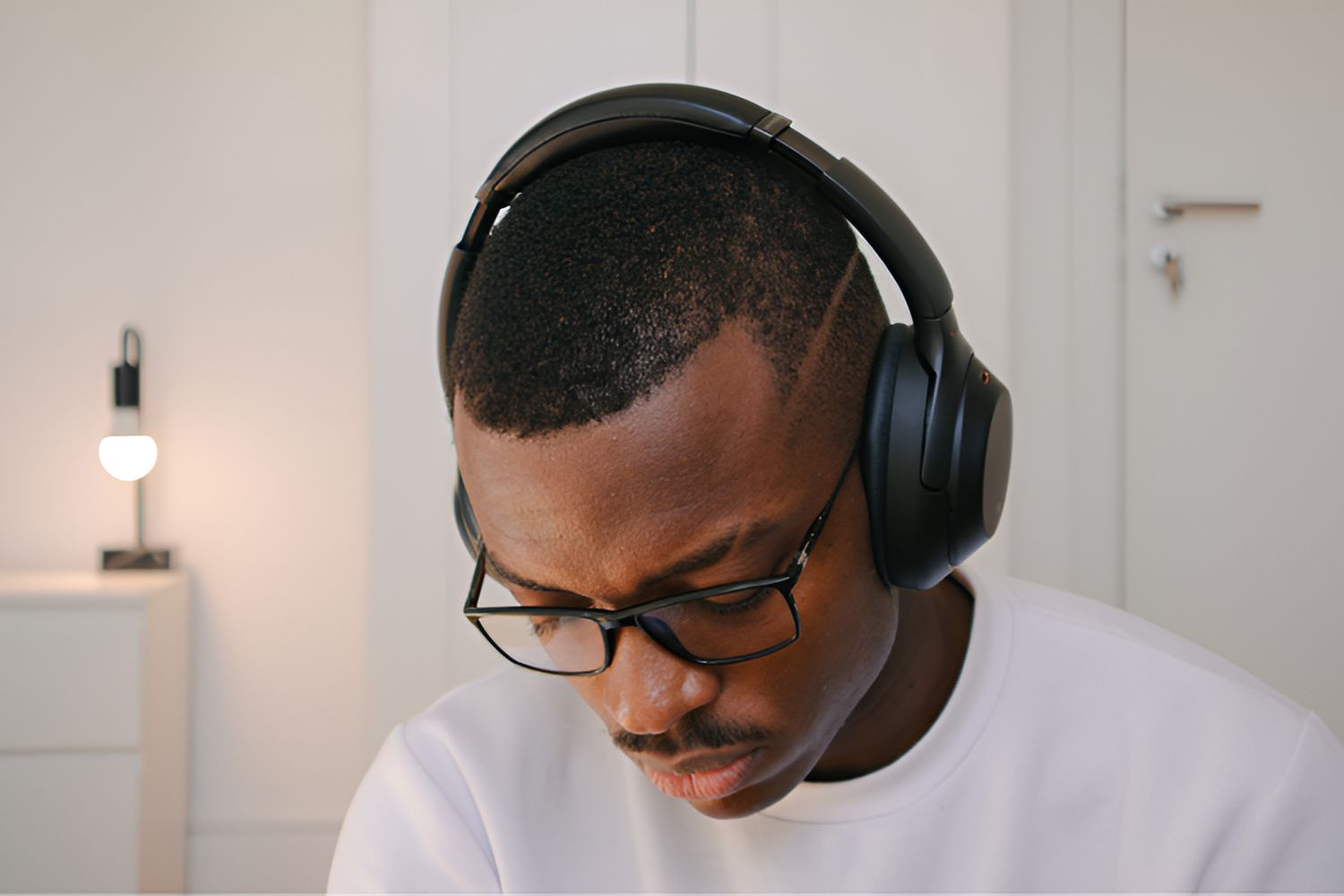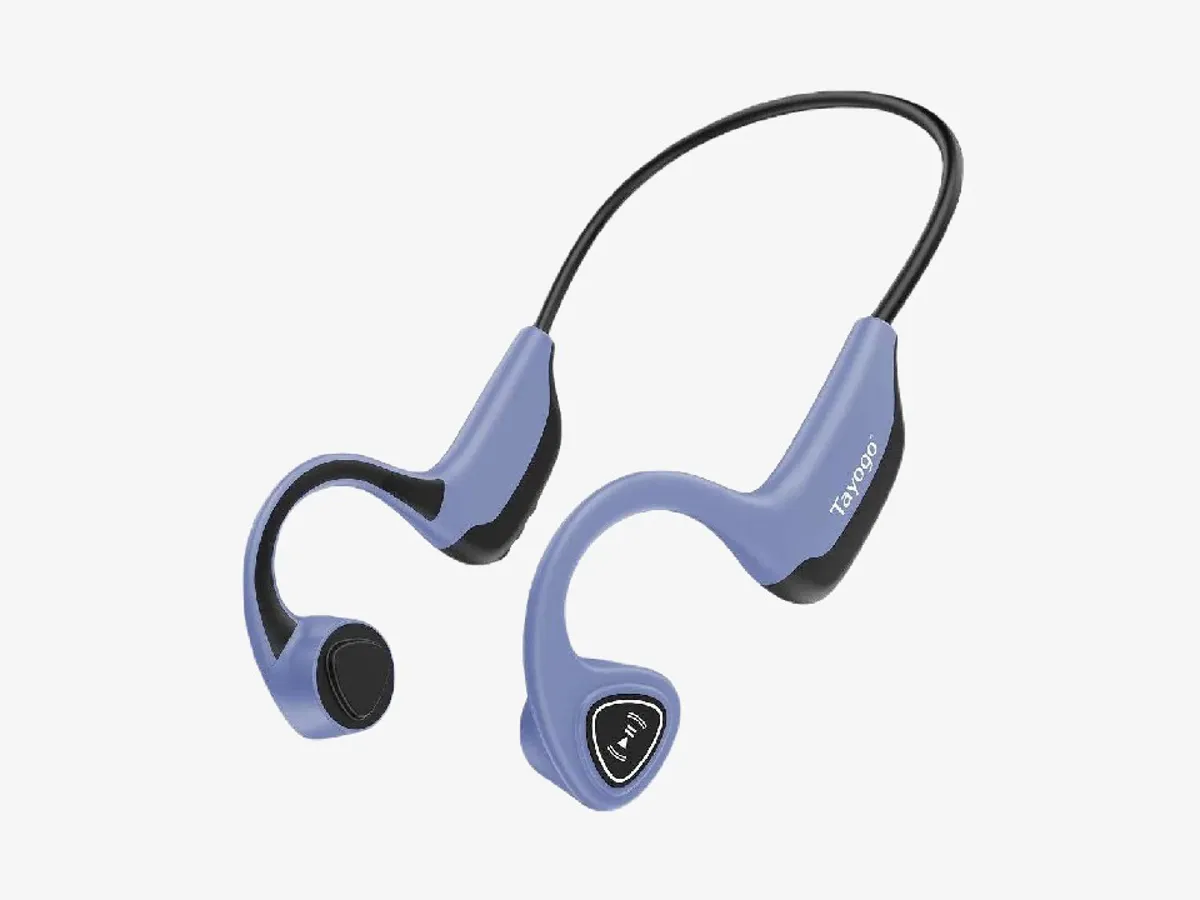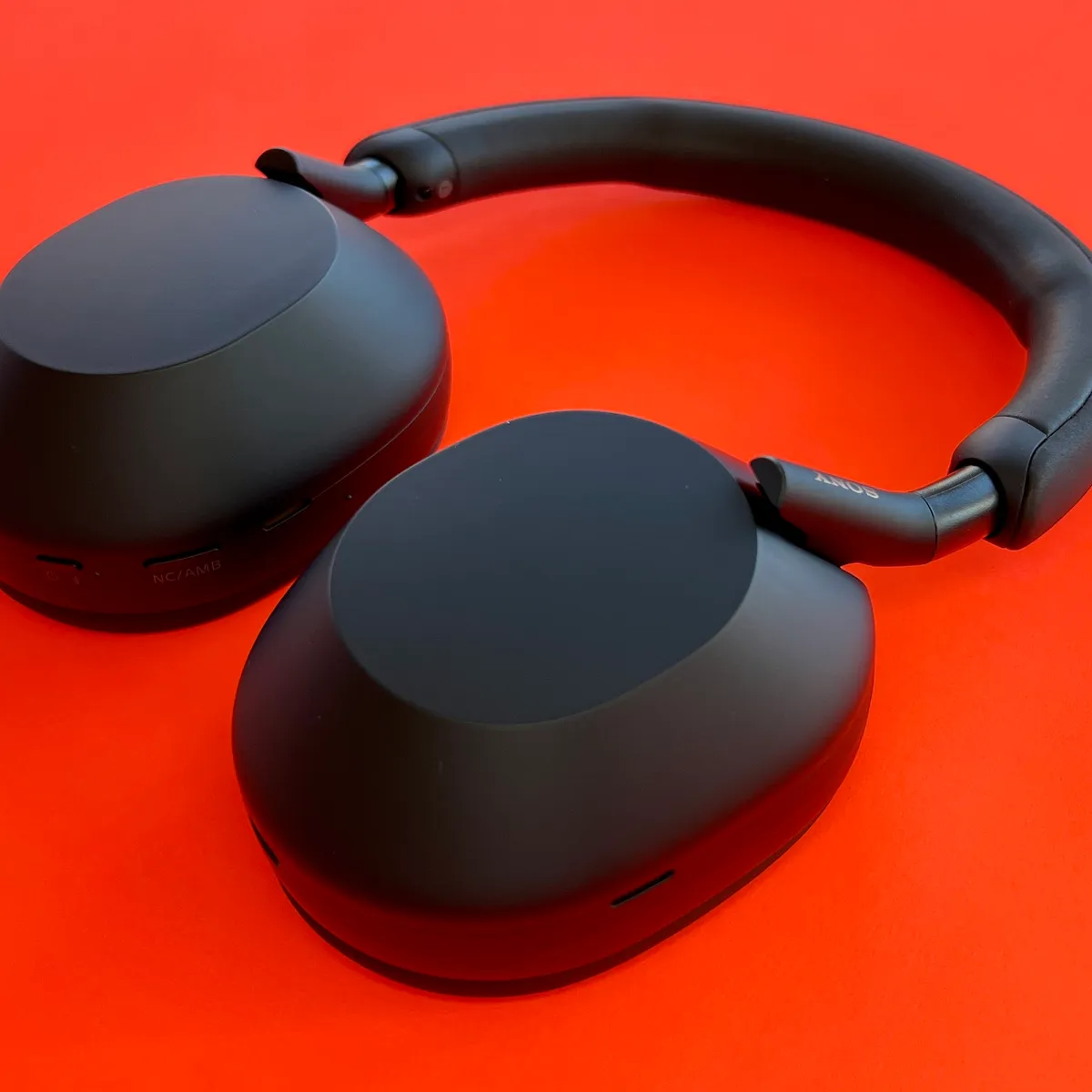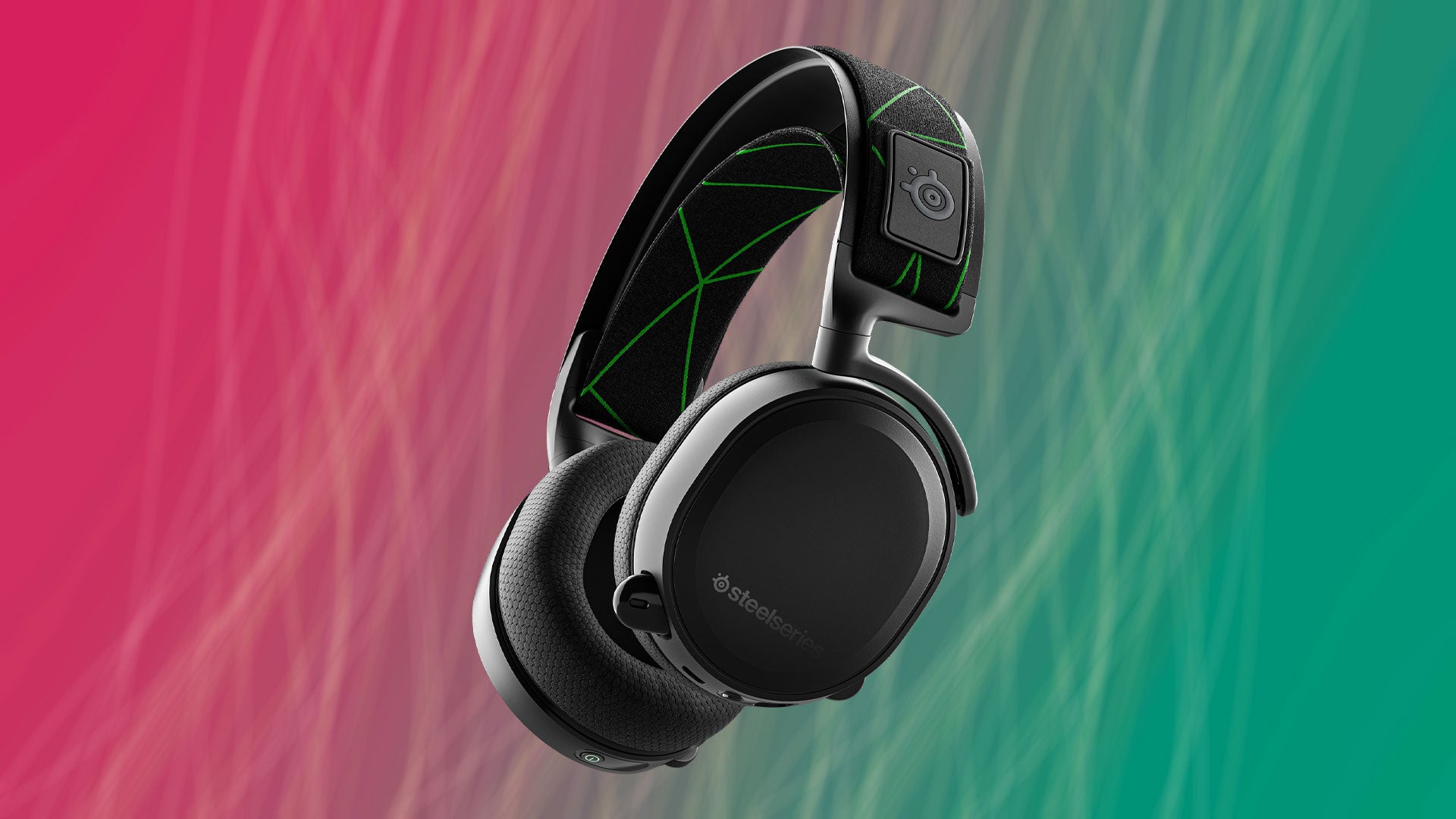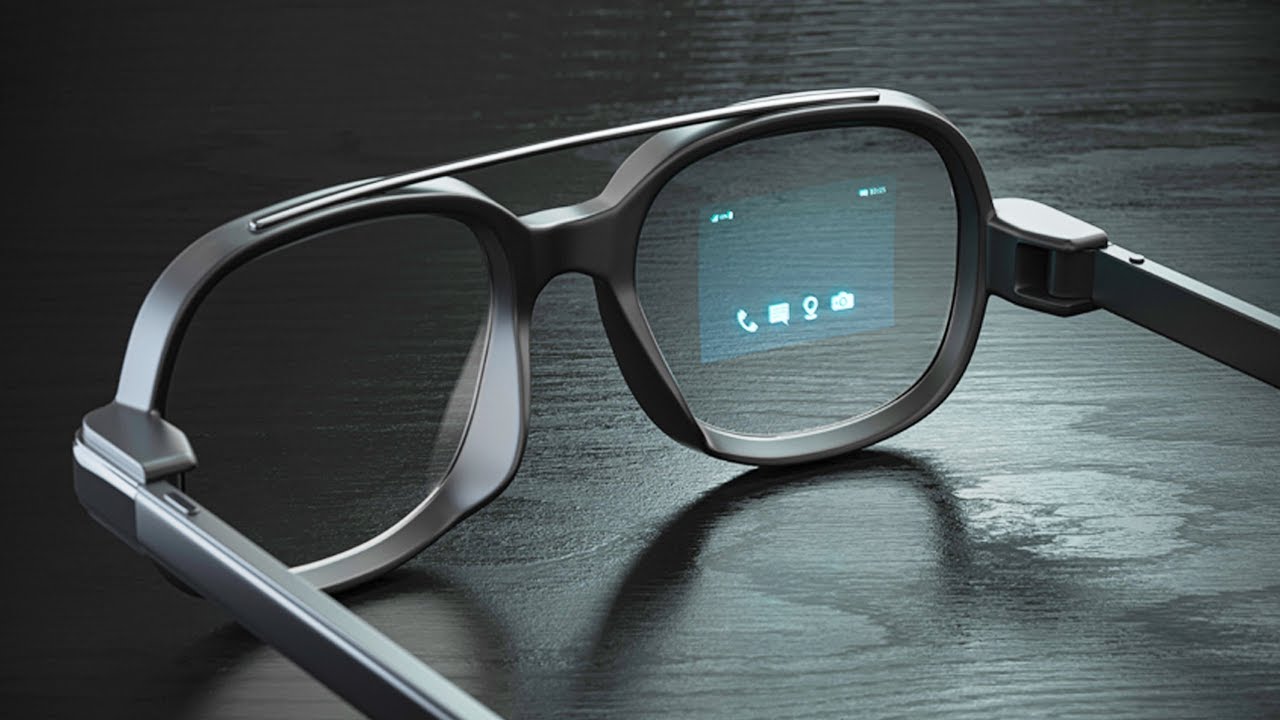Choosing the Right Glasses Frame
When it comes to wearing glasses and over-ear headphones comfortably, selecting the right glasses frame is crucial. The frame’s design and fit play a significant role in ensuring that you can wear both accessories without discomfort. Here are some essential factors to consider when choosing the right glasses frame:
- Frame Size and Shape: Opt for glasses frames that are not too large or too small for your face. The frame should adequately cover your field of vision without being too wide or narrow. Additionally, consider the shape of the frame and how it complements the contours of your face.
- Material: The material of the frame can impact its weight and flexibility. Lightweight materials such as titanium or certain types of plastic can provide a comfortable fit, reducing the pressure on your ears and nose bridge when combined with over-ear headphones.
- Nose Pad Design: Adjustable nose pads can enhance comfort by allowing you to customize the fit of your glasses. This feature is particularly beneficial when wearing over-ear headphones, as it helps prevent pressure points on the nose bridge.
- Temple Design: The temple design, including the length and curvature, can affect the compatibility of glasses with over-ear headphones. Look for frames with slim, contoured temples that don’t interfere with the headphone’s ear cups.
By carefully considering these factors, you can select a glasses frame that harmonizes with over-ear headphones, providing a comfortable and stylish combination for extended wear.
Adjusting Your Glasses for a Comfortable Fit
Once you have chosen the right glasses frame, the next step is to ensure a comfortable fit by making necessary adjustments. Properly fitted glasses can significantly enhance the compatibility with over-ear headphones. Here’s how you can achieve a comfortable fit:
- Optimal Alignment: Ensure that your glasses are properly aligned with your face. The frame should sit level on your ears and rest comfortably on the bridge of your nose. Misaligned glasses can cause uneven pressure points, leading to discomfort when combined with over-ear headphones.
- Adjusting Nose Pads: If your glasses have nose pads, adjust them to distribute the weight evenly across your nose bridge. This adjustment can prevent the glasses from pressing too firmly against your nose when wearing over-ear headphones.
- Temple Length: Check the length of the temples (arms) to ensure they don’t press against your head when wearing over-ear headphones. Temples that are too long may cause the headphones’ ear cups to press the frames into the sides of your head, leading to discomfort.
- Secure but Gentle Grip: The glasses should have a secure grip on your head without being overly tight. A gentle, even pressure is ideal, as it prevents the glasses from slipping down your nose while avoiding excessive pressure points when combined with over-ear headphones.
By making these adjustments, you can optimize the fit of your glasses, promoting comfort and compatibility when wearing them with over-ear headphones. A well-fitted pair of glasses minimizes the potential for discomfort, allowing you to enjoy extended periods of combined use with headphones.
Selecting the Right Over-Ear Headphones
Choosing the right over-ear headphones is essential for ensuring comfort and compatibility with your glasses. When selecting headphones to be worn with glasses, consider the following factors:
- Ear Cup Size and Padding: Opt for headphones with spacious, well-padded ear cups. The padding should be soft and comfortable, exerting minimal pressure on the sides of your head. This design minimizes the likelihood of discomfort or interference with the temples of your glasses.
- Adjustable Headband: Look for headphones with an adjustable headband that allows you to customize the fit. A flexible headband ensures that the headphones can comfortably accommodate the arms of your glasses without causing excessive pressure or discomfort.
- Low Clamping Force: Choose headphones with a gentle clamping force. High clamping force can create discomfort when combined with glasses, particularly during extended wear. A balanced clamping force ensures a secure fit without causing undue pressure on the temples of your glasses.
- Smooth Surfaces and Minimal Protrusions: Select headphones with smooth surfaces and minimal protrusions around the ear cups and headband. These features reduce the likelihood of friction or interference with the frames of your glasses, contributing to a more comfortable combined wearing experience.
Considering these factors when choosing over-ear headphones can significantly enhance their compatibility with glasses, promoting a comfortable and enjoyable wearing experience. By prioritizing comfort and design features that complement the use of glasses, you can select headphones that seamlessly integrate with your eyewear for extended periods of use.
Positioning Your Glasses and Headphones for Comfort
Proper positioning of your glasses and over-ear headphones is crucial to ensure comfort and minimize potential discomfort during simultaneous wear. Consider the following tips for optimal positioning:
- Glasses Placement: Position your glasses on your face so that they sit comfortably on the bridge of your nose and the arms rest evenly on your ears. Avoid placing the glasses too high or too low on your nose, as this can affect the alignment and overall comfort when combined with over-ear headphones.
- Headphone Placement: When wearing over-ear headphones, position the ear cups over your ears, ensuring that they encapsulate the ears fully without pressing against the arms or frames of your glasses. Adjust the headband for a secure yet gentle fit, allowing the headphones to rest comfortably over your glasses.
- Minimize Overlapping Pressure Points: Pay attention to potential pressure points where the arms of your glasses and the headphone’s headband intersect. Adjust the positioning to minimize overlapping pressure, ensuring that both accessories exert gentle and balanced pressure for overall comfort.
- Regular Adjustments: Periodically check the positioning of your glasses and headphones, especially during extended use. Make minor adjustments as needed to maintain a comfortable fit and prevent the development of pressure points or discomfort from prolonged wear.
By conscientiously positioning your glasses and over-ear headphones, you can optimize their compatibility and ensure a comfortable wearing experience. Proper placement minimizes the potential for discomfort, allowing you to enjoy the combined use of both accessories without unnecessary strain or irritation.
Tips for Wearing Glasses and Over-Ear Headphones Together
Wearing glasses and over-ear headphones simultaneously can be a comfortable and enjoyable experience with the right approach. Consider the following tips to optimize the compatibility and comfort of wearing both accessories together:
- Choose Lightweight Materials: Opt for lightweight glasses frames and over-ear headphones to minimize overall pressure on your ears and head. Lightweight materials reduce the likelihood of discomfort, especially during extended wear.
- Customize the Fit: Take the time to adjust the fit of both your glasses and headphones to achieve a personalized and comfortable wearing experience. Customizing the fit can help minimize pressure points and ensure a secure yet gentle grip.
- Utilize Thin Temple Designs: Select glasses with thin and contoured temple designs that complement the shape of over-ear headphones. Thin temples reduce interference with the headphone’s headband, promoting a seamless and comfortable fit.
- Consider Open-Back Headphones: If you wear glasses, consider using open-back headphones, which allow for better airflow and minimize the potential for heat buildup around the ears. This design can enhance overall comfort, especially in combination with glasses.
- Take Breaks and Adjust as Needed: Periodically take short breaks to readjust the positioning of your glasses and headphones. This practice helps prevent discomfort and allows you to maintain an optimal fit throughout the day.
- Explore Alternative Styles: Consider alternative headphone styles, such as on-ear or earbud headphones, which may offer a different wearing experience when combined with glasses. Experimenting with different styles can help you find the most comfortable option for your preferences.
- Keep Both Accessories Clean: Regularly clean your glasses and headphones to prevent the buildup of dirt and oils, which can contribute to discomfort and affect the fit. Clean accessories promote a more hygienic and comfortable wearing experience.
By implementing these tips, you can enhance the comfort and compatibility of wearing glasses and over-ear headphones together. With thoughtful consideration and minor adjustments, you can enjoy the benefits of both accessories without compromising on comfort or style.







